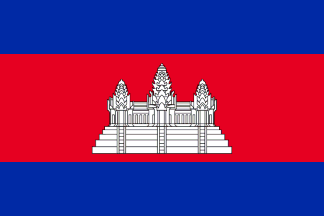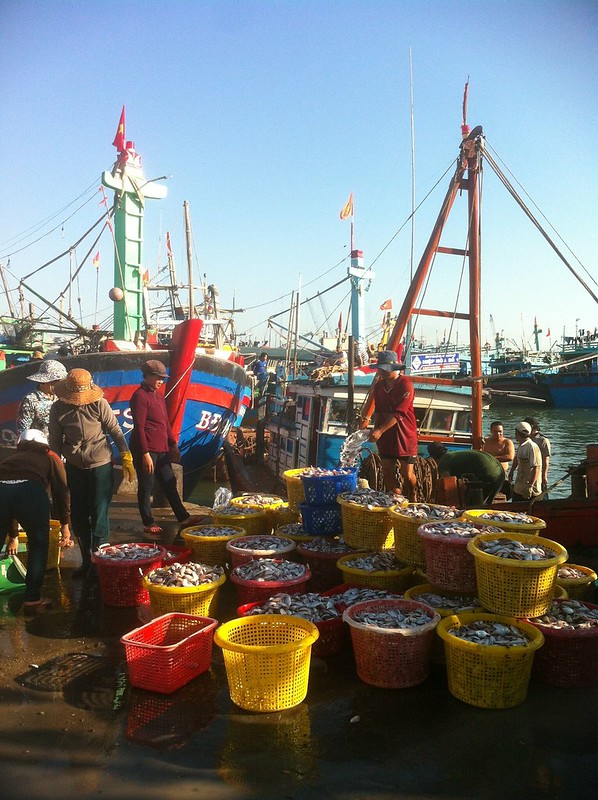As of today, I am officially thirty years old. Even though I've been practicing for the past few months, it still feels weird to say and write. The best part about turning thirty is that I got one of the most thoughtful gifts from all of you - a collection of stories and pictures from family and friends. Bryn did a great job putting it all together and I look forward to showing it off to everyone when I'm back in Austin over the holidays. By the way, I'll be back in Austin over the holidays and I'd like to see as many of you as possible for the 2-3 weeks that I'm there!
Many of the stories I knew and laughed or cried as I anticipated what came next. Some of the stories I had forgotten about, or was too young to remember and this was the first time I heard about them. Some of the stories weren't totally historically accurate, but you guys did a good job skewing the facts in my favor, so I'm willing to overlook the errors. I read over the book for about an hour this morning but will undoubtedly read over it many more times today and in the coming weeks. Thank you all for contributing and making today special. I hope you all know how much you mean to me and it's great to have friends and family as loving as the ones I've got. I'm a lucky guy, for sure.
The book is quite a good complement to a "life book" that my Aunt Suzy made for me when I graduated from high school. I like that there is now a "Volume II". I remember as a kid, my parents had a shelf of photo albums that documented the people and events that made up our family. Over the past few years, I've reminisced about those albums and suffered some nostalgic regret that now all photos are stored digitally and actual, physical albums are rare. But now I've got two albums of my own that I intend to keep on my shelf forever as physical memories of everyone who's made my life great. I couldn't imagine a better birthday present.
Yesterday, I was at the library checking out some books. A friend came up and joked with me about spending the last day of my twenties reading and working on papers. For a few moments immediately afterwards, I was overtaken by grief and felt this anxious guilt that I wasn't do something more spectacular. But then I remembered the last YEAR of my twenties and all that anxiety and guilt vanished. I spent the last year living in China, gallivanting around south east Asia and getting a masters degree in International Relations in Italy. The last day of my twenties isn't nearly as important as the last year of my twenties, and the last year of my twenties was full to the brim. I welcome the next decade with as much excitement as I celebrate the last.
And finally, just to add some historic significance to this day, Iran, the US and other negotiators reached a deal this morning in Geneva that will see an easing of tensions between Iran and the west: a historic event that indicates an improvement in relations between Iran and the US that has been sour for the duration of my lifetime. As I prepare for a career in international relations, I can't help but wonder what impact today's agreement will have on my future. Maybe we can all celebrate my 40th in Tehran? Who knows.
Have a good week and thank you all again! Bryn has posted pictures so check them out on her facebook page. I'll post pictures from today on flickr once I've done some things worth taking pictures of.
Many of the stories I knew and laughed or cried as I anticipated what came next. Some of the stories I had forgotten about, or was too young to remember and this was the first time I heard about them. Some of the stories weren't totally historically accurate, but you guys did a good job skewing the facts in my favor, so I'm willing to overlook the errors. I read over the book for about an hour this morning but will undoubtedly read over it many more times today and in the coming weeks. Thank you all for contributing and making today special. I hope you all know how much you mean to me and it's great to have friends and family as loving as the ones I've got. I'm a lucky guy, for sure.
The book is quite a good complement to a "life book" that my Aunt Suzy made for me when I graduated from high school. I like that there is now a "Volume II". I remember as a kid, my parents had a shelf of photo albums that documented the people and events that made up our family. Over the past few years, I've reminisced about those albums and suffered some nostalgic regret that now all photos are stored digitally and actual, physical albums are rare. But now I've got two albums of my own that I intend to keep on my shelf forever as physical memories of everyone who's made my life great. I couldn't imagine a better birthday present.
Yesterday, I was at the library checking out some books. A friend came up and joked with me about spending the last day of my twenties reading and working on papers. For a few moments immediately afterwards, I was overtaken by grief and felt this anxious guilt that I wasn't do something more spectacular. But then I remembered the last YEAR of my twenties and all that anxiety and guilt vanished. I spent the last year living in China, gallivanting around south east Asia and getting a masters degree in International Relations in Italy. The last day of my twenties isn't nearly as important as the last year of my twenties, and the last year of my twenties was full to the brim. I welcome the next decade with as much excitement as I celebrate the last.
And finally, just to add some historic significance to this day, Iran, the US and other negotiators reached a deal this morning in Geneva that will see an easing of tensions between Iran and the west: a historic event that indicates an improvement in relations between Iran and the US that has been sour for the duration of my lifetime. As I prepare for a career in international relations, I can't help but wonder what impact today's agreement will have on my future. Maybe we can all celebrate my 40th in Tehran? Who knows.
Have a good week and thank you all again! Bryn has posted pictures so check them out on her facebook page. I'll post pictures from today on flickr once I've done some things worth taking pictures of.








